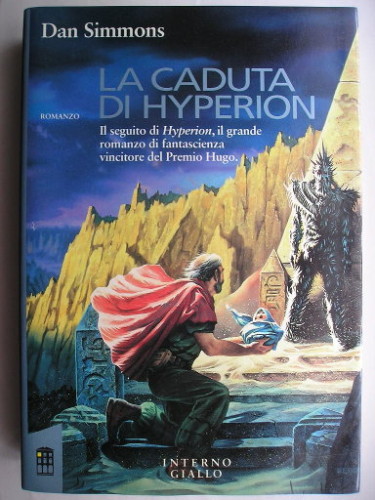
The Fall of Hyperion by Dan Simmons
The novel “The Fall of Hyperion” by Dan Simmons was published for the first time in 1990. It’s the second book of the Hyperion Cantos and is the sequel to “Hyperion”. It won the Locus Award and the BSFA.
A group of pilgrims has reached the planet Hyperion, where the opening of the Time Tombs is causing one of the elements of a crisis that threatens to destroy the Hegemony. The pilgrims will face the Shrike, the mysterious creature who lives close to the Time Tombs, with the perspective that only one of them will survive.
The entire Hegemony is in danger because of the attack by Ouster on the the planet Hyperion, a strategic place where the future of humanity is decide. The artificial intelligence of the TechnoCore are allied to the Hegemony yet their behavior is ambiguous. A new John Keats cybrid is a link between the pilgrims and the leaders of the Hegemony and what he starts discovering, also about the TechnoCore, is disturbing.



